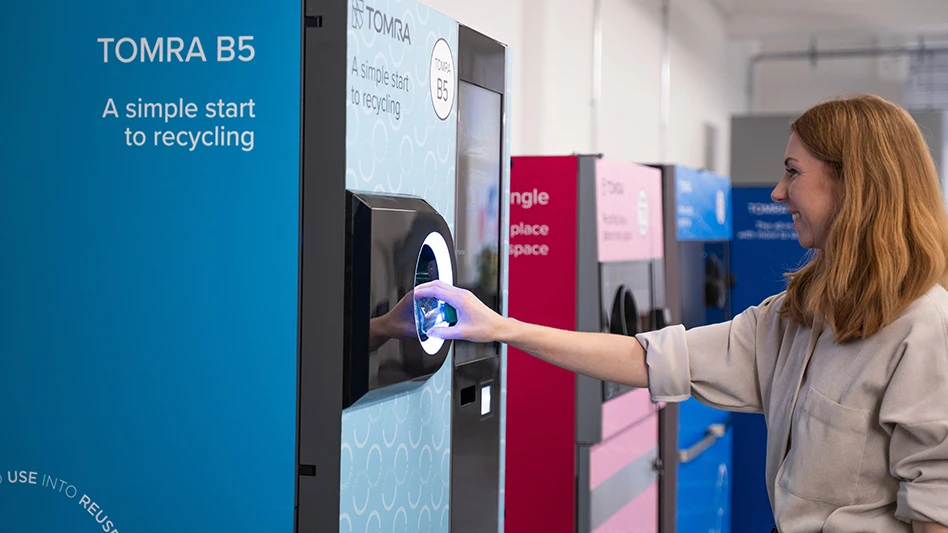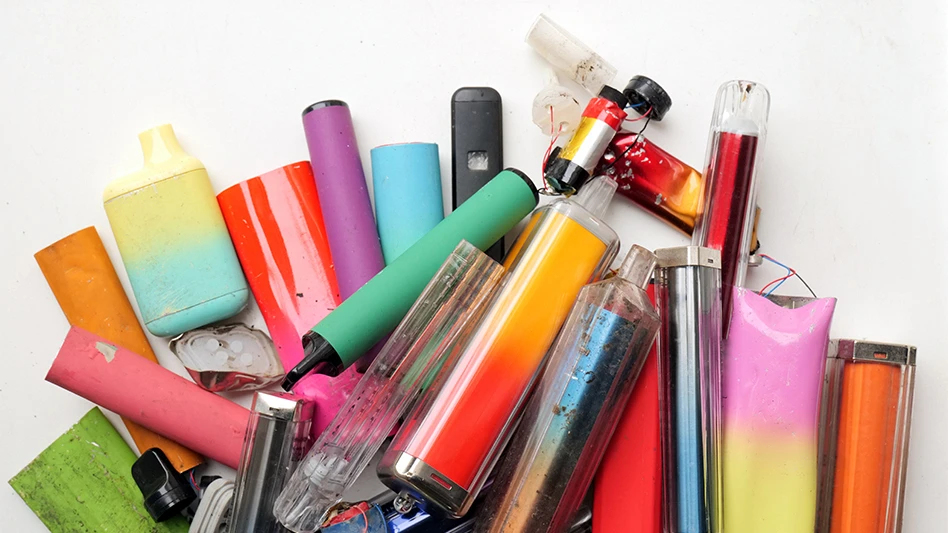
Photo by Brian Taylor.
Right-to-repair laws have recently become a hot topic with governments and environmental campaigners worldwide. As major manufacturers update their tablet and phone models yearly, the devices become slimmer and lighter, but often they are unrepairable.
Right-to-repair laws attempt to rein in this issue by allowing consumers to repair their own devices, which could significantly impact the landscape for IT asset disposition (ITAD) service providers and others in the end-of-life electronics recycling landscape.
What, why and how
In the absence of right-to-repair laws, many manufacturers require repairs to be carried out either by themselves or by authorized shops (often at a high cost to consumers). For some products, such as mobile phones, newer models do not have replaceable batteries, forcing consumers to use warranty-enforced expensive repair options or simply buy a new model if something goes wrong with their device.
Right-to-repair laws are an attempt to force manufacturers to bring back the ability for consumers to fix their devices themselves without having to use expensive official repair shops or having to buy a new device. They aim to reduce electronics waste and extend the useful lifespan of many standard electronic devices.
Improperly handled electronic scrap can pose an environmental concern. Nonetheless a “throw away” approach is further compounded by manufacturers who constantly advocate consumers to update their smartphones and tablets.
Without right-to-repair laws, manufacturers can have a monopoly on device repair. Many would simply give the consumer a new device rather than fix their existing one, even if the consumer would have rather had it reset. Due to the lack of competition, consumers did not always have many choices for getting their devices repaired.
Right-to-repair laws also are used to help tackle planned obsolescence, a strategy of intentionally shortening the useful lifespan of devices to force consumers to upgrade to newer models in a shorter period than the natural lifespan of the device.
This can occur via using purposely flimsy components or those with limited usefulness. It leads to a significant amount of electronic scrap, some of which is recycled while another portion ends up in landfills, where hazardous components leak into the environment.
Right-to-repair laws aim to give consumers more power to fix devices themselves without using often expensive designated repair shops. Ideally, fewer devices will be thrown away since gadgets will last longer. The laws still offer the opportunity for end-of-life electronics recycling. Devices that were once thrown away due to a single component breaking may now be harvested for spare working components, which should also see greater demand due to the increased emphasis on consumer repairs.
The aim is that the consumer may repair their devices at home using spare parts made available by the manufacturer. It also represents an opportunity for many more companies to offer repair services without the consumer worrying about voiding their warranty.
These laws also encourage consumers to not throw away their devices for issues that may be easily fixed. For example, without a right-to-repair law, a consumer whose battery has died in a smartphone in which the battery cannot be replaced is forced to throw away the device or sell at a considerable loss. With such a law, it is much more viable to sell your mobile, as it may be repaired by someone else, even if consumers do not want to carry out the repairs themselves.
Far from unanimous
Different states within the United States and nations in the European Union have explored implementing these laws differently. In the United Kingdom, not all devices are covered by the current right-to-repair law passed in July 2021. The law covers TVs, washing machines, refrigerators, dishwashers and various electronic displays.
Devices notably absent from coverage in the U.K. include smartphones and computers. It’s also worth noting that manufacturers are not required to make a complete list of spare parts available, even for the devices covered under the law. Instead, only spare parts for “simple and safe” repairs must be made available to consumers. Examples given include door hinges for a washing machine and extra trays and baskets for refrigerators and freezers.
As it stands under current U.K. law, it is significant that devices such as smartphones, tablets and computers are not covered under right-to-repair. These devices undoubtedly make up a substantial portion of consumer electronics waste, so it is disappointing that manufacturers are not currently required to make available spare parts for simple repairs by consumers themselves.
It also means that many of these devices will continue to end up in landfills. Devices such as tablets and smartphones can include components that are toxic to the environment. At the same time, these devices can be harvested for valuable components. Still, without the impetus of consumer repairs, retail demand will remain low for these spare parts.
Unfortunately, there also is no provision that the spare parts to be made available should be affordable. It may prevent many consumers from using these right-to-repair laws, particularly if the cost of these spare parts exceeds a consumer’s expectation of the value of their device.
There is also the matter of consumer willingness to repair devices themselves. Not all consumers may be comfortable with ordering spare parts to repair a device themselves.
This willingness may also be dependent on the device in question - consumers may be more confident in fixing a washing machine themselves than a smartphone, for example.
As it stands, the U.K.’s current right-to-repair law marks a significant first step in granting consumers the right to repair devices themselves. This should result in a more active and competitive marketplace for end-of-life appliance recycling, as devices become more accessible and easily repairable.
However, there are some noticeable absences in the kinds of devices covered by the law. There is a current lack of consumer culture around repairing devices instead of replacing them. Despite this, it seems likely that these issues will fade over time as self-repair becomes more common and the range of devices covered hopefully will expand.
The author is a director with United Kingdom-based Freedom Mobiles, a mobile phone recycling online platform found at https://freedom-mobiles.com/.
Latest from Recycling Today
- ReMA urges open intra-North American scrap trade
- Axium awarded by regional organization
- China to introduce steel export quotas
- Thyssenkrupp idles capacity in Europe
- Phoenix Technologies closes Ohio rPET facility
- EPA selects 2 governments in Pennsylvania to receive recycling, waste grants
- NWRA Florida Chapter announces 2025 Legislative Champion Awards
- Goldman Sachs Research: Copper prices to decline in 2026





